When my oldest was born, I had just completed my Montessori training, and the idea of a Montessori floor bed intrigued me. After he learned to walk, we transferred him to a floor bed to increase his independence. He loved being able to get into and out of his floor bed without assistance.
Today, there's a growing buzz around Montessori floor beds and Montessori bedroom design thanks to the popularity of the Montessori method. Read on to learn more about Montessori beds and how to use one in your home.
What is a Montessori Bed?
As an alternative to a crib, Montessori said that when old enough, children should sleep on a bed on the floor. Many parents who follow the Montessori parenting philosophy, including myself, use Montessori beds in their homes.
A Montessori bed is a floor bed or a bed close to the ground, typically used by toddlers or young children. The low profile of the bed means little ones can access the bed safely. Instead of using a crib into toddlerhood, families following the Montessori philosophy give their little ones freedom of movement.
Why a Montessori Bed?
"If we arrange life more easily for the children, it will be happier for us," Dr. Maria Montessori wrote about setting up a floor bed for toddlers. This idea is based on a main element of the Montessori philosophy–independence.
Dr. Montessori noticed that almost from birth, children work hard to learn to do things "all by myself." She believed that helping children become independent not only fulfilled their deepest need, but also helped them become confident. As children learn to do chores, take care of their own hygiene, and more, they also build life skills.
Based on this belief, Montessori recommended creating a sleeping space where children can get into and out of bed without help from an adult. This way, children can manage themselves independently, perhaps getting a toy or book upon waking up.
Montessori Bed Vs. Cribs
As she once wrote, "Imagine what it would be like to be put to sleep in a high cage that you could not get out of when you woke in the morning." Especially once children can crawl or walk, they value their freedom. A floor bed gives children this freedom—they don't have to cry or call for help.
Similarly, when it's bedtime, children may be more willing to go to sleep on a floor bed. They feel like they have a say in the decision and aren't "stuck" in the crib. As a smaller mom, I also struggled to lift and get my kids settled in a crib as toddlers, especially if they were drowsy or had already fallen asleep.
In my experience, a Montessori bed also facilitates a smooth bedtime routine. On a floor bed, it's easier to snuggle with your child and read a book together. This way, they are cozy and ready to sleep when it's time to say "night night", limiting power struggles and making the bedtime process simpler.

When to Transition to a Bed on the Floor
In her book, The 1946 London Lectures, Montessori wrote, "After two years of age, the child should have a mattress on the floor to sleep on." However, today, many Montessori experts recommend using floor beds earlier. Some families transition to a floor bed when their child grows too big for a bassinet.
In the case of my family, we transitioned my children to a floor bed soon after they learned to walk. This worked well for our family. Ultimately, it depends on your preferences and needs.
When considering a transition to a bed on the floor, safe sleep should come first. Follow the floor bed manufacturer's guidelines and also consider checking with your child's pediatrician. In most cases, the AAP recommends that infants sleep alone in an empty crib until they are at least 12 months old.
Creating a Montessori Bedroom with a Floor Bed: Pros and Cons
Every family needs to make the best choices for their needs, especially when related to sleep. Both the parents' and the child's sleep quality are essential for a happy, healthy family.
If you're on the fence about using a Montessori bed with your child, here are some pros and cons to consider.
| Pros | Cons |
| Self-confidence | May get out of bed |
| Independence | Need to baby-proof the room |
| Building coping skills for sleeping alone | |
| Child may be more willing to go to bed |
Another consideration is ventilation. Some people put a mattress on the floor in lieu of a more formal floor bed. However, a bed frame improves ventilation and protects the mattress from mold.
Creating a Montessori Bedroom Setup for Your Floor Bed
If you're interested in creating a Montessori bedroom for your toddler, other key features include:
- Simple decor that's beautiful and not overwhelming.
- A child-friendly wardrobe or dresser that makes it easy for your little one to pick out clothing.
- Child-friendly storage, such as a Montessori Bookshelf, Toy Organizer, or Play Shelf.
- A mirror hung at the child's eye level.
- Access to basic hygiene items such as a comb or brush, and handkerchiefs or tissues.
Interested in learning more about creating a Montessori bedroom? Discover more detailed tips and guidance here.
bedBED™: A 2-in-1 Montessori Bed that Celebrates Milestones
If you're looking for a Montessori bed frame, try bedBED™! Featuring a unique 2-in-1 design, bedBED™ converts from a floor bed to a raised bed when your child is ready. The bed is available in twin-size and toddler bed frame sizes, depending on your needs and space.
Learn more about bedBED™ here.
Would You Use a Montessori Bed?
A Montessori bed can be a wonderful choice for many families. Would you give it a try? Tell us your experiences and questions about floor beds in the comments below.
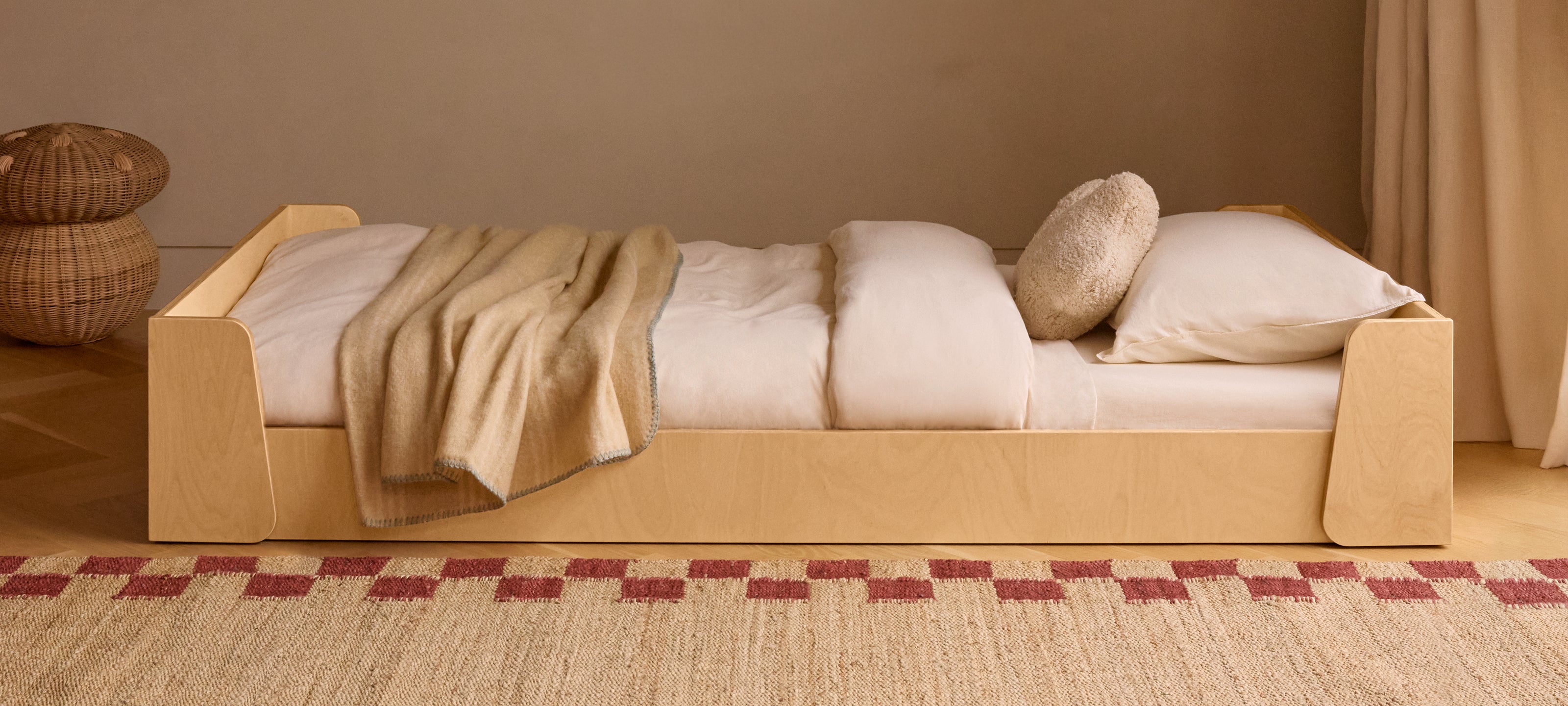

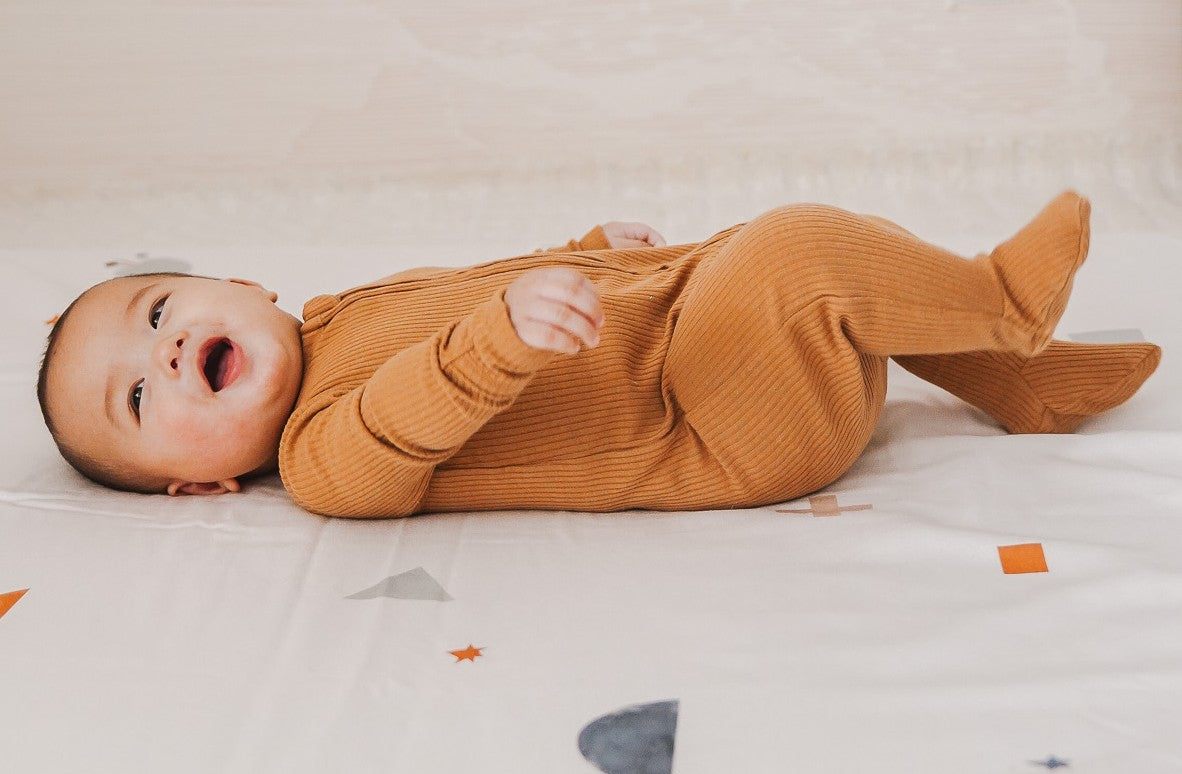
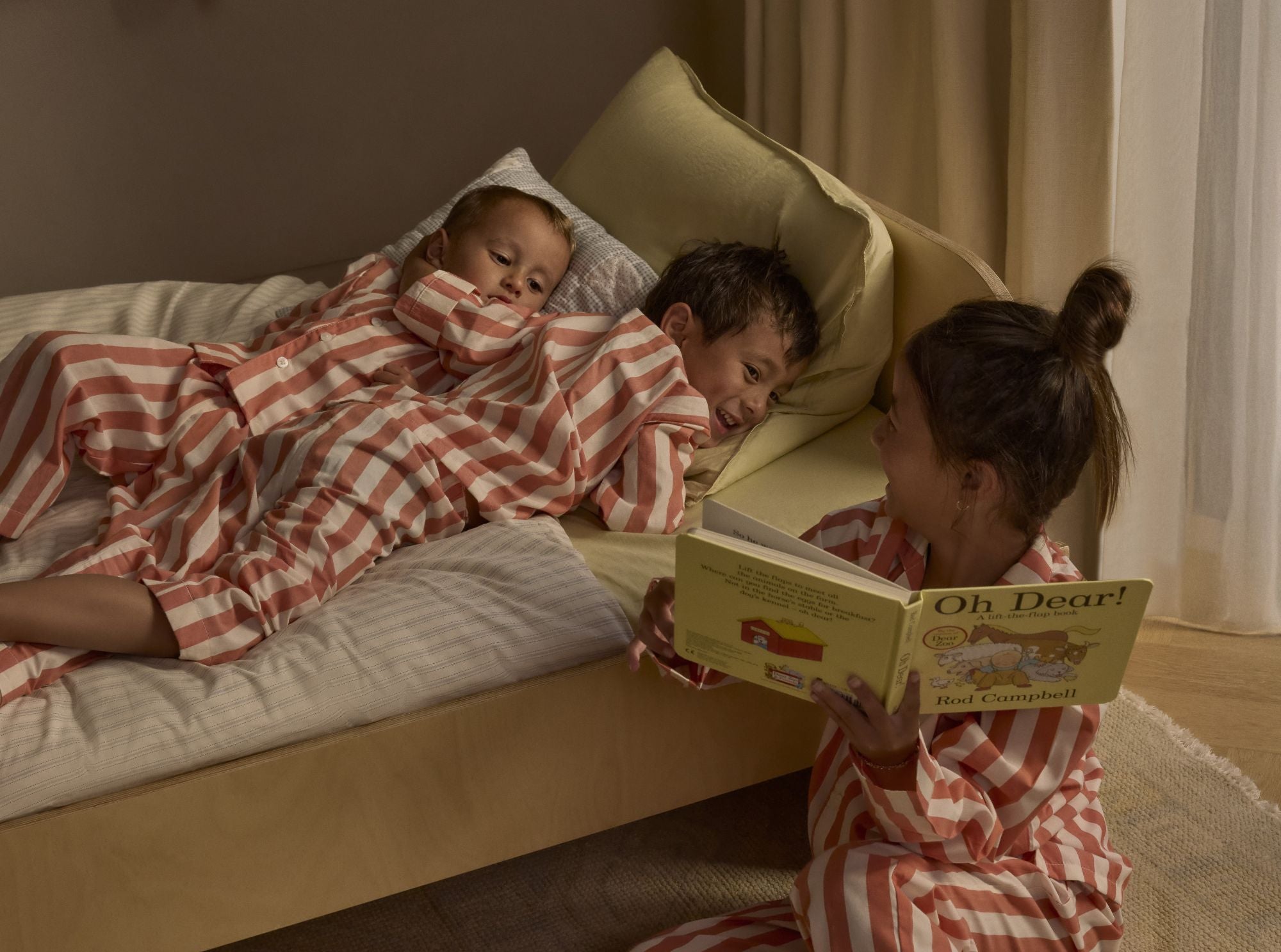
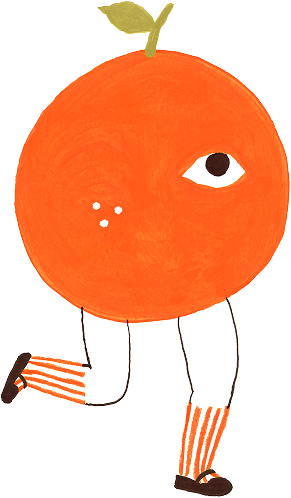
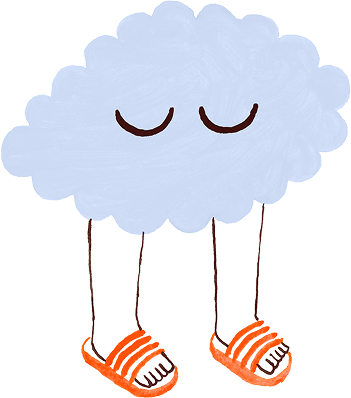
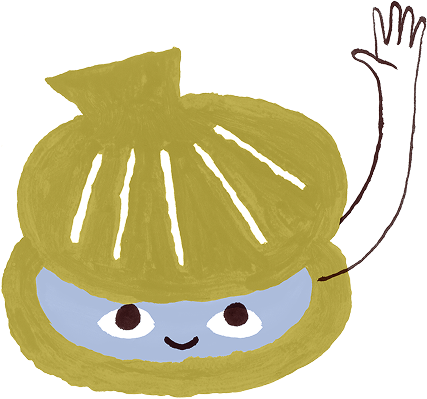

Leave a comment
This site is protected by hCaptcha and the hCaptcha Privacy Policy and Terms of Service apply.